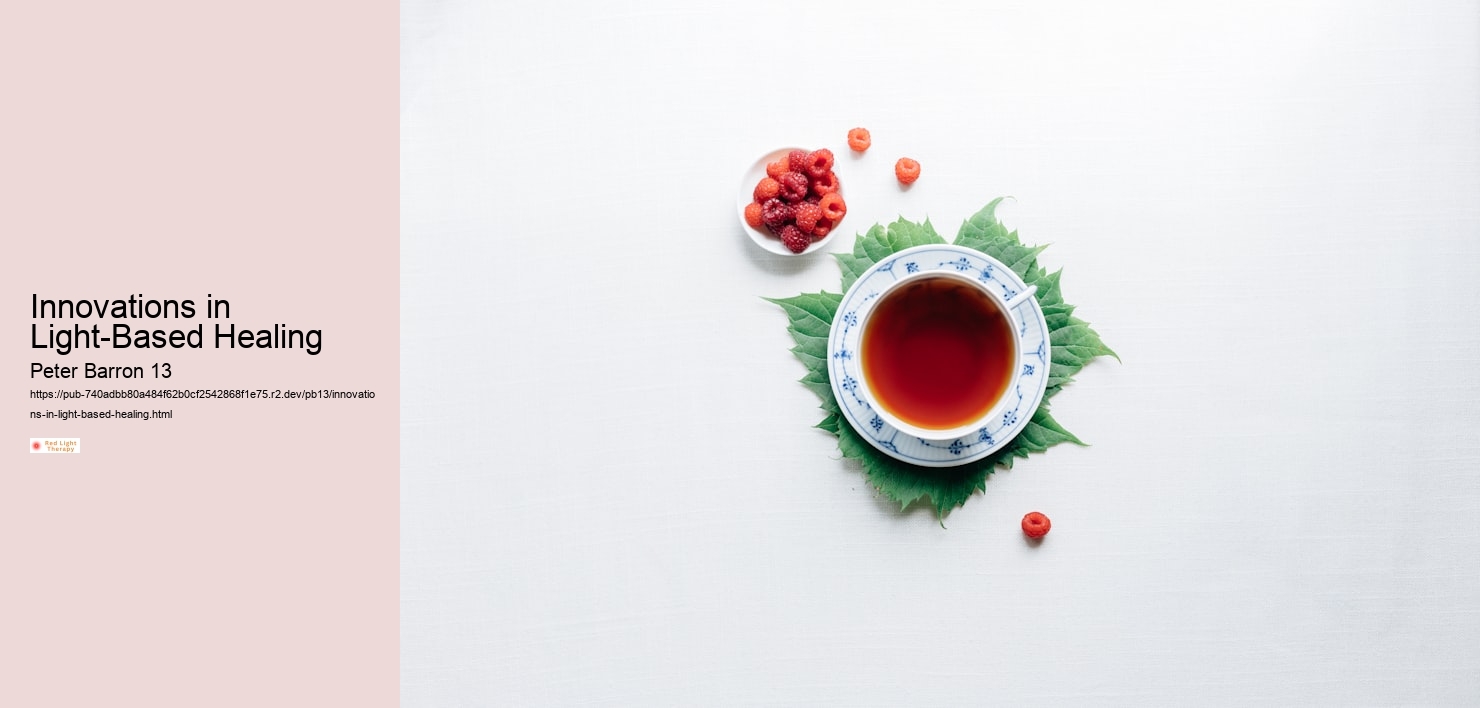Red light therapy works through a process known as photobiomodulation, where light energy penetrates the skin and stimulates the mitochondria within cells.
Professional-Grade Therapy Devices - pimple
- infrared
- pimple
- pain
- arthritis
- patients
- light
- sebum
Professional-Grade Therapy Devices - arthritis
- hair
- light therapy
- crow’s feet
- side effects
- osteoarthritis
- hair loss
Dermatologists frequently recommend red light therapy for conditions such as acne, scarring, and uneven skin texture. Combining infrared light with low-power laser therapy, red light therapy offers a holistic approach to health and wellness. For those interested in improving their skin, red light therapy offers a natural path to revitalization. patients These therapies are often combined with other treatments, such as phototherapy or platelet-rich plasma therapy, to optimize results for patients with specific concerns.
This stimulation enhances cellular energy production, improving the body's natural ability to repair and rejuvenate. These effects make it particularly useful for those managing pain or recovering from physical strain.
Professional-Grade Therapy Devices - infrared
- mitochondria
- alopecia
- skin
- male pattern hair loss
- cells
- oral mucositis
Professional-Grade Therapy Devices - arthritis
- low-level laser therapy
- dermatologist
- inflammation
- laser
- phototherapy
- platelet-rich plasma
- hair loss
- scars
Red light therapy is grounded in photobiomodulation, a technique where light penetrates the skin to activate the mitochondria in cells. For instance, it can support the healing of pimple outbreaks and diminish acne vulgaris, while addressing deeper issues like inflammation in skin layers. Red light therapy is well-tolerated by most patients and has minimal side effects when performed by trained professionals. Red light therapy is also widely recognized for its ability to manage pain and inflammation.
